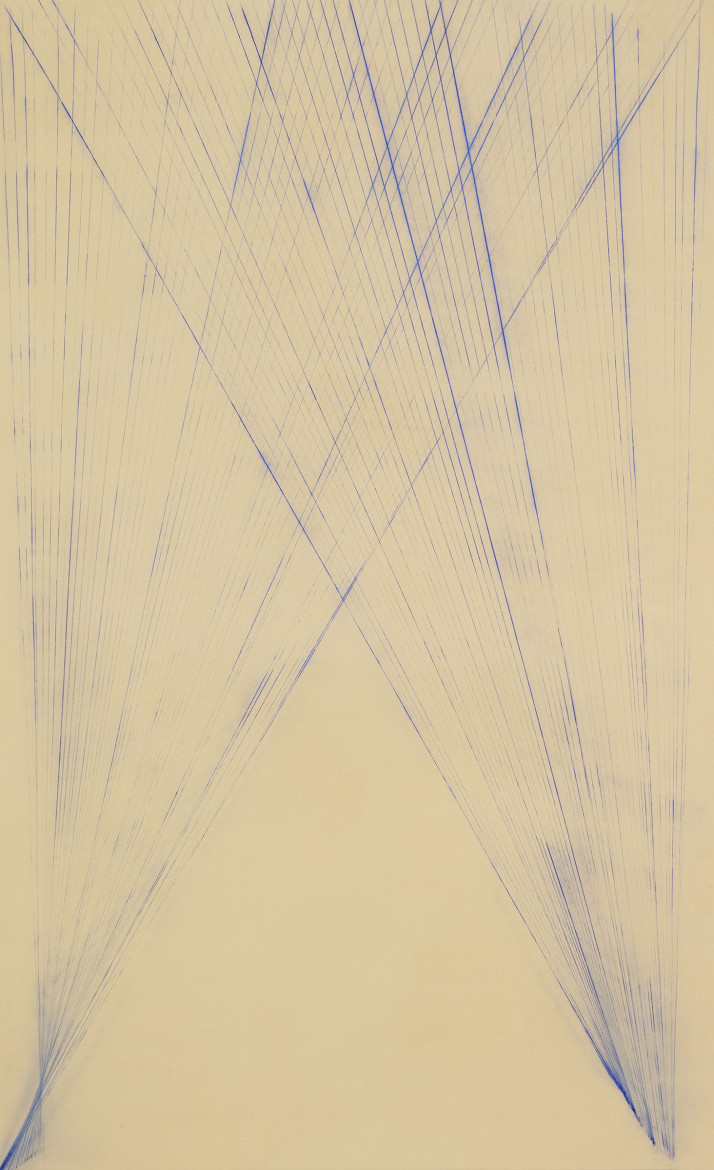
Kazuko Miyamoto, Chalkline drawing (blue), 1972, chalk and acrylic on canvas, 224 x 136 cm
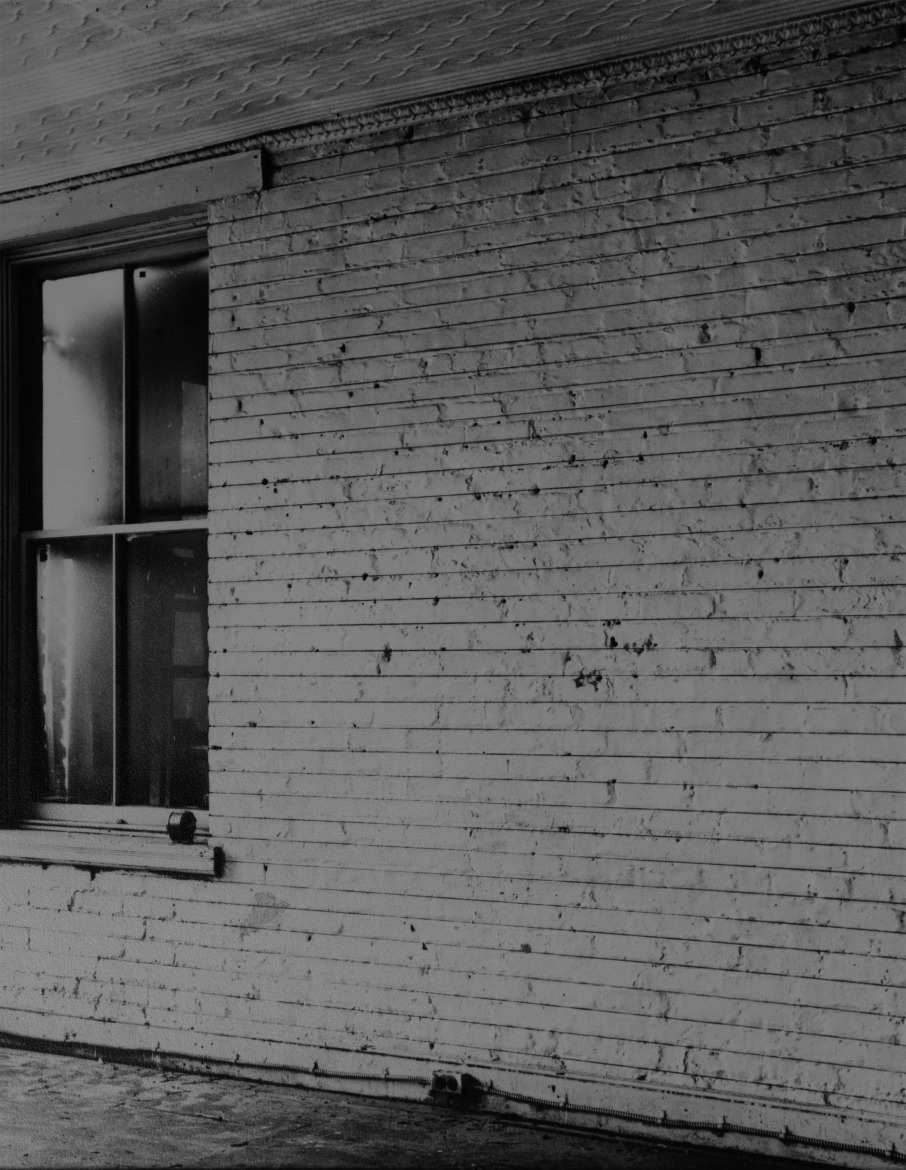
Kazuko Miyamoto, String along mortar line, 1972, Installation view, 117 Hester Street, New York
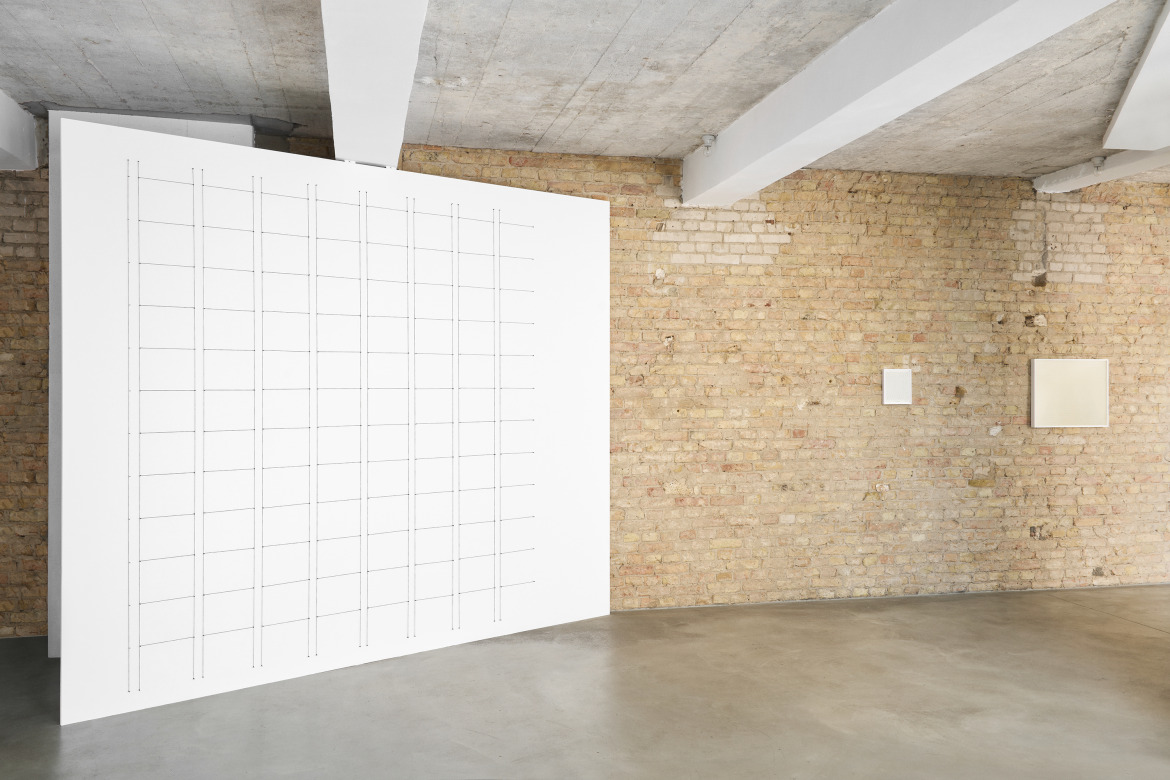
Kazuko Miyamoto, String Constructions, 117 Hester Street, 1972-73, Installation view, EXILE Berlin, 2025, photo: Choreo
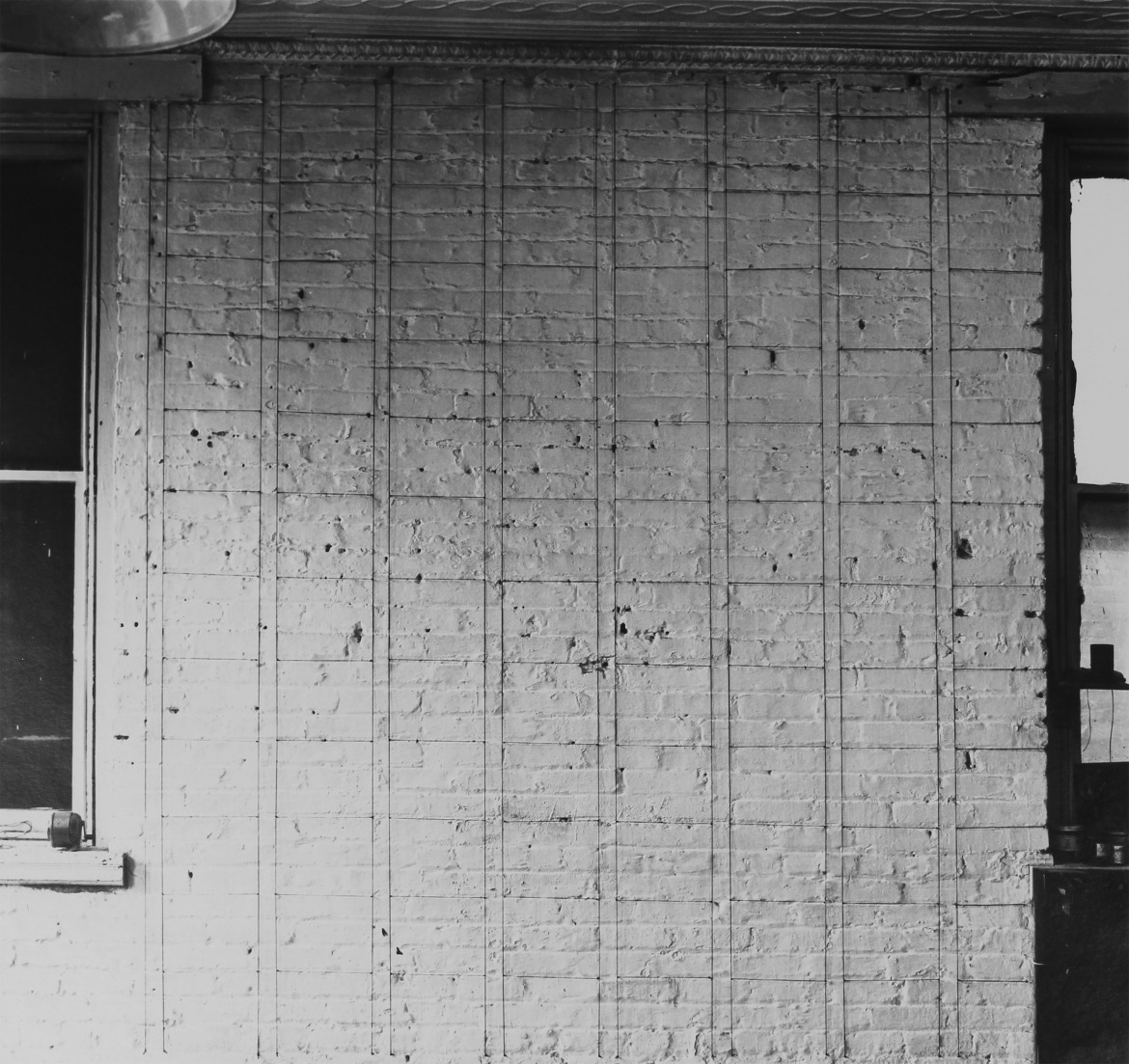
Kazuko Miyamoto, Untitled, 1972, Installation view, 117 Hester Street, New York
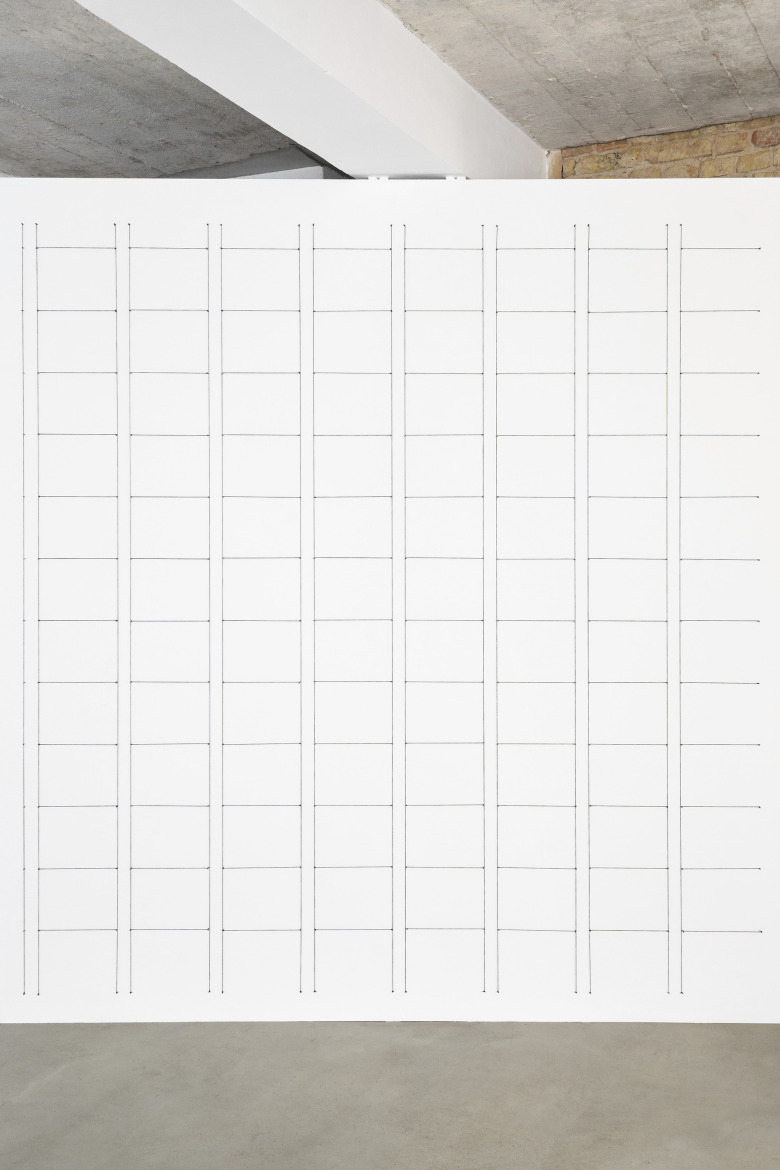
Kazuko Miyamoto, Untitled, 1972/2025, string and nails, 252 x 242 x 1,5 cm
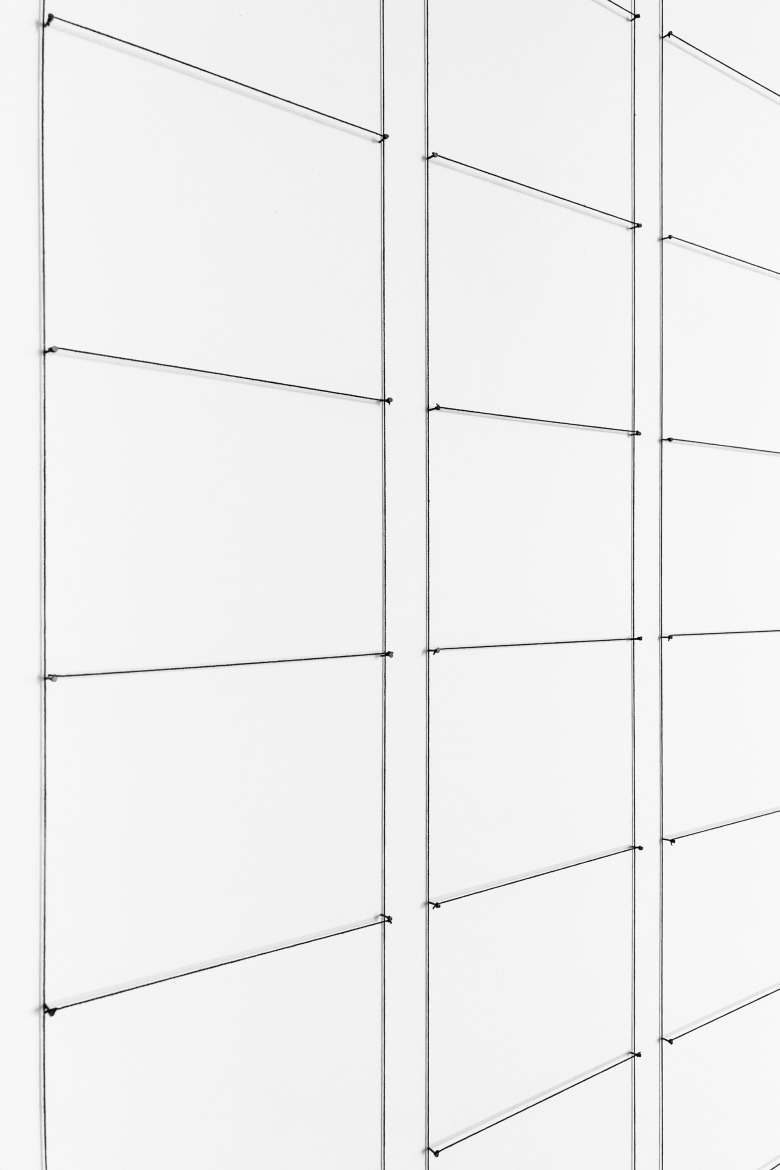
Kazuko Miyamoto, Untitled (detail), 1972/2025, string and nails, 252 x 242 x 1,5 cm
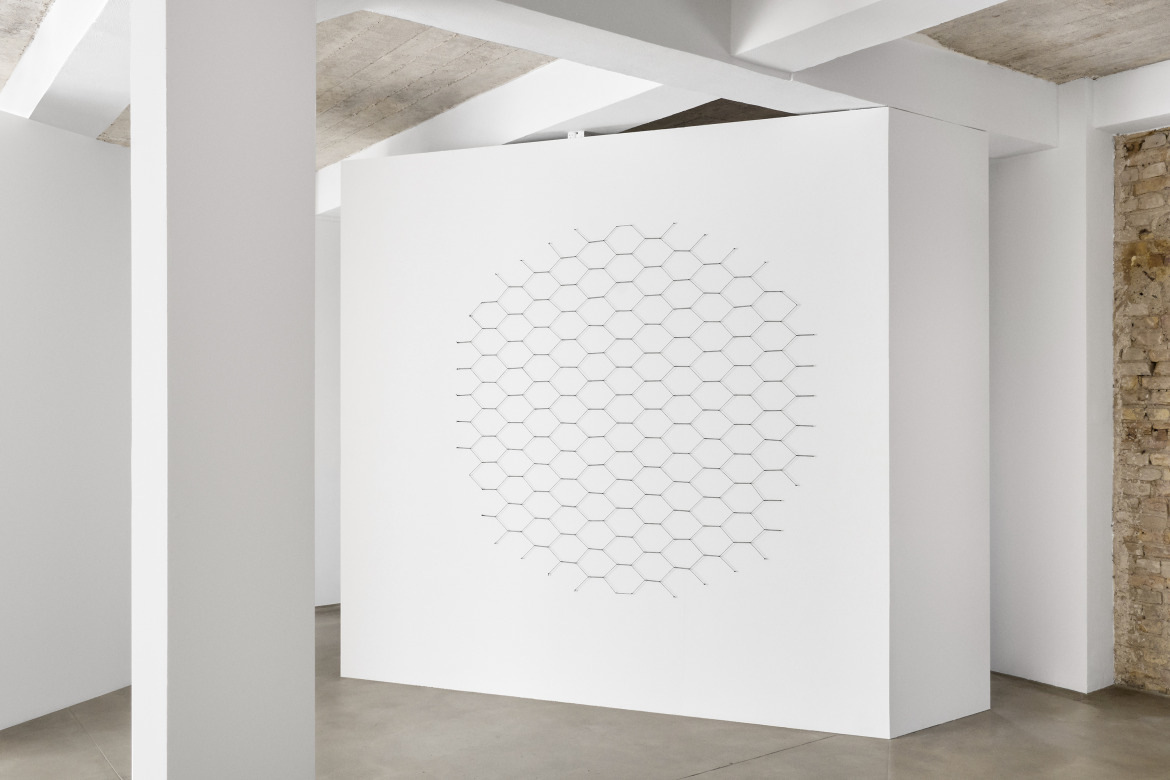
Kazuko Miyamoto, Untitled, 1972/2025, string and nails, 172 x 182 x 1,5 cm, Installation view EXILE Berlin, 2025, photo: Choreo
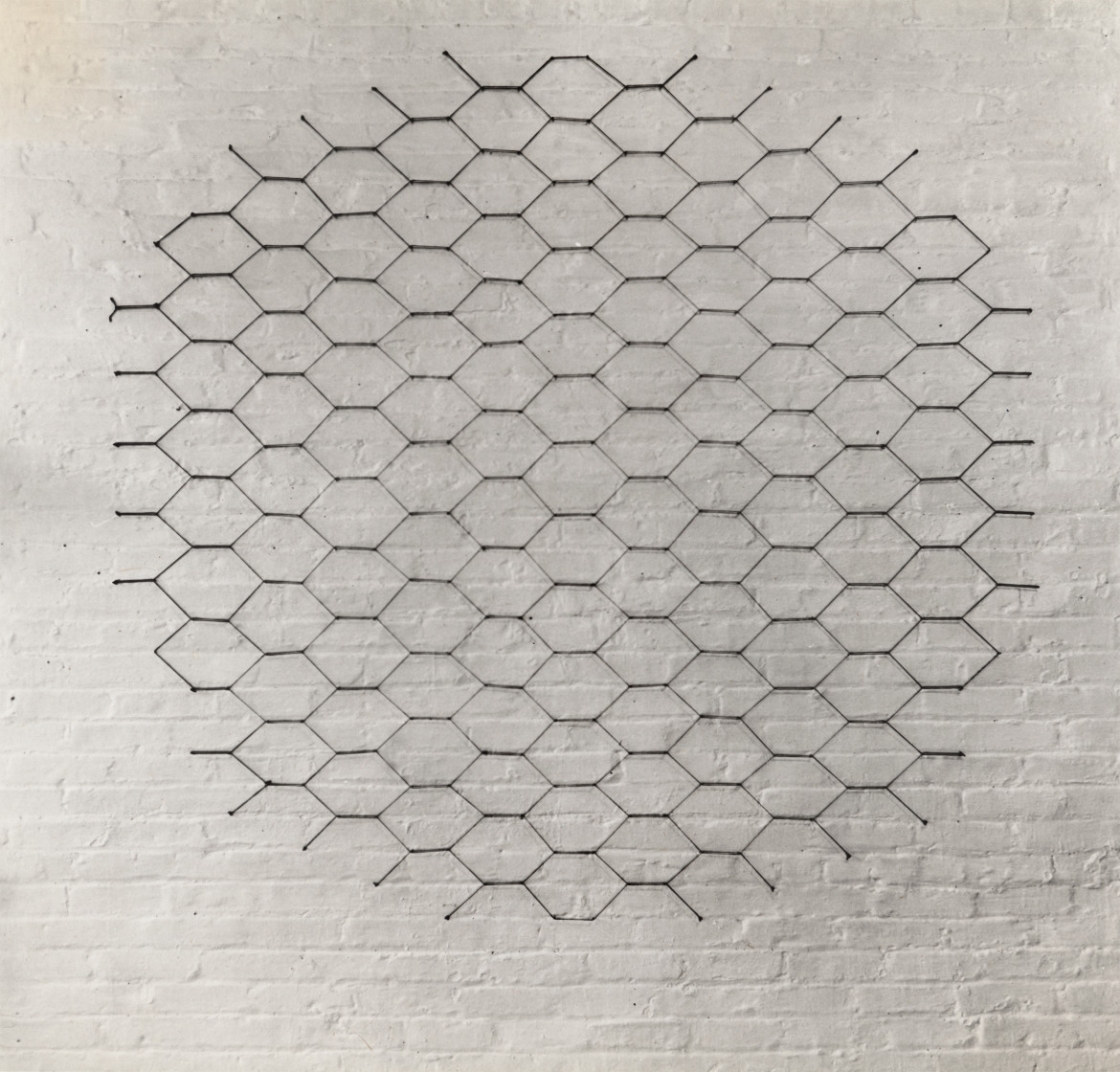
Kazuko Miyamoto, Untitled, 1972, Installation view, 117 Hester Street, New York
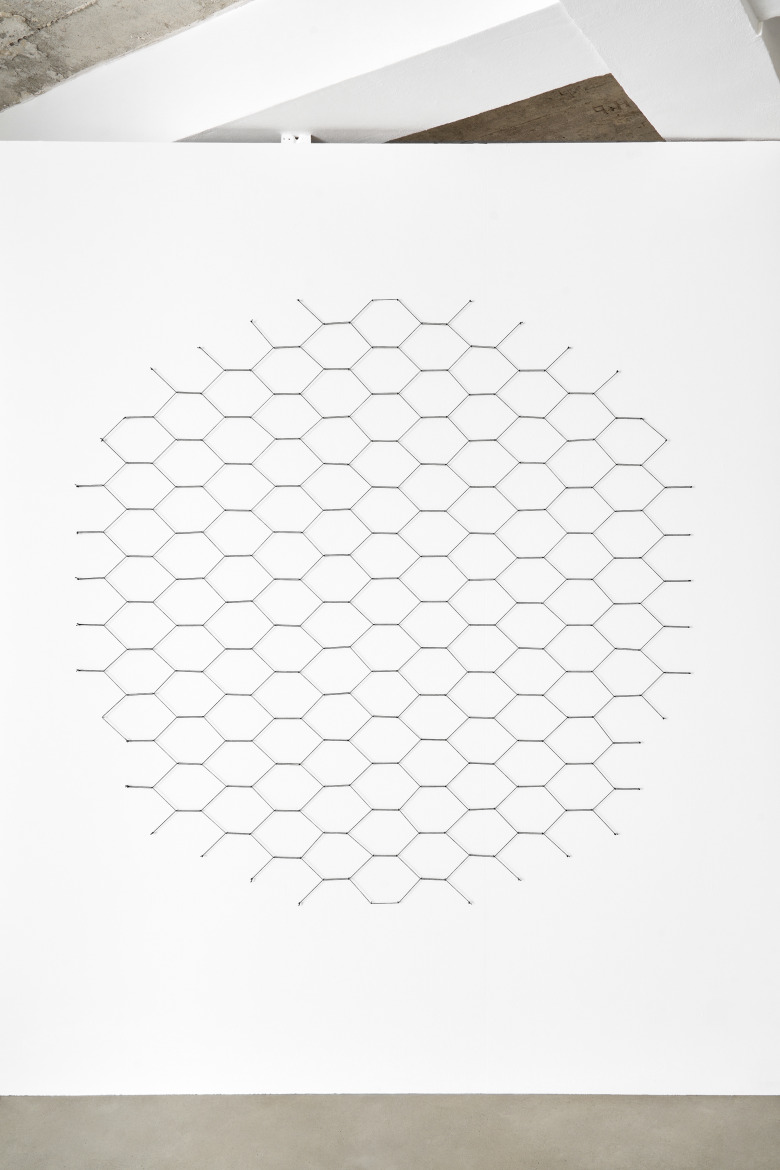
Kazuko Miyamoto, Untitled, 1972/2025, string and nails, 172 x 182 x 1,5 cm
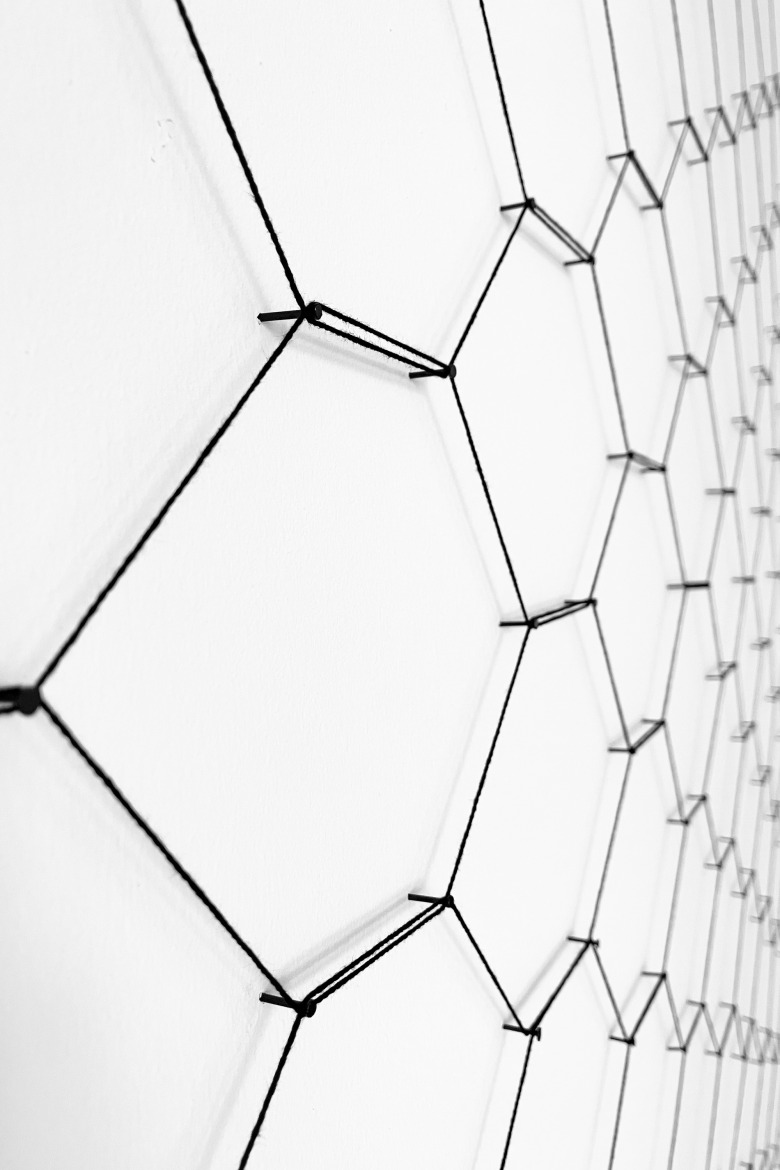
Kazuko Miyamoto, Untitled (detail), 1972/2025, string and nails, 172 x 182 x 1,5 cm
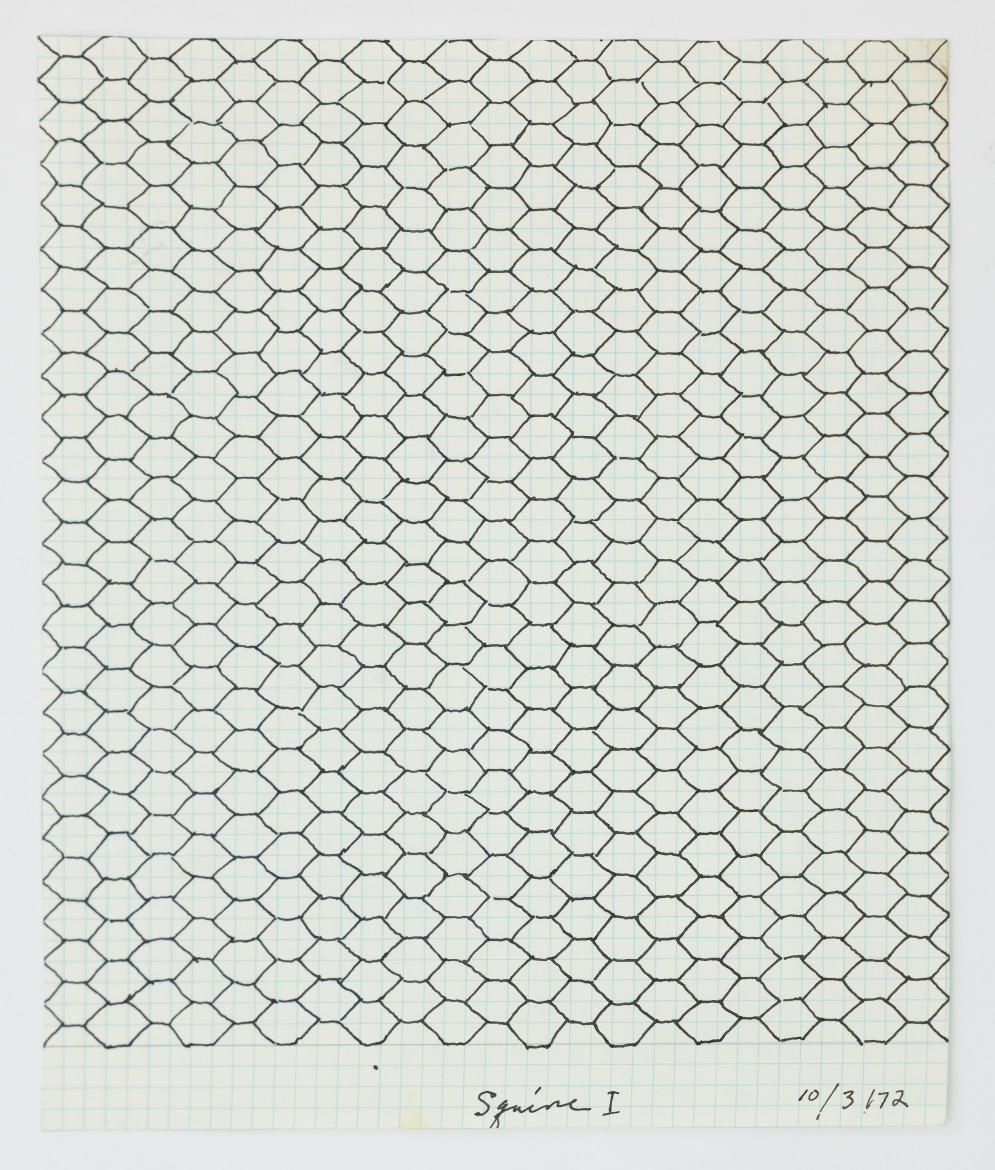
Kazuko Miyamoto, Squire I, 1972, ink on paper, 22 x 18,2 cm
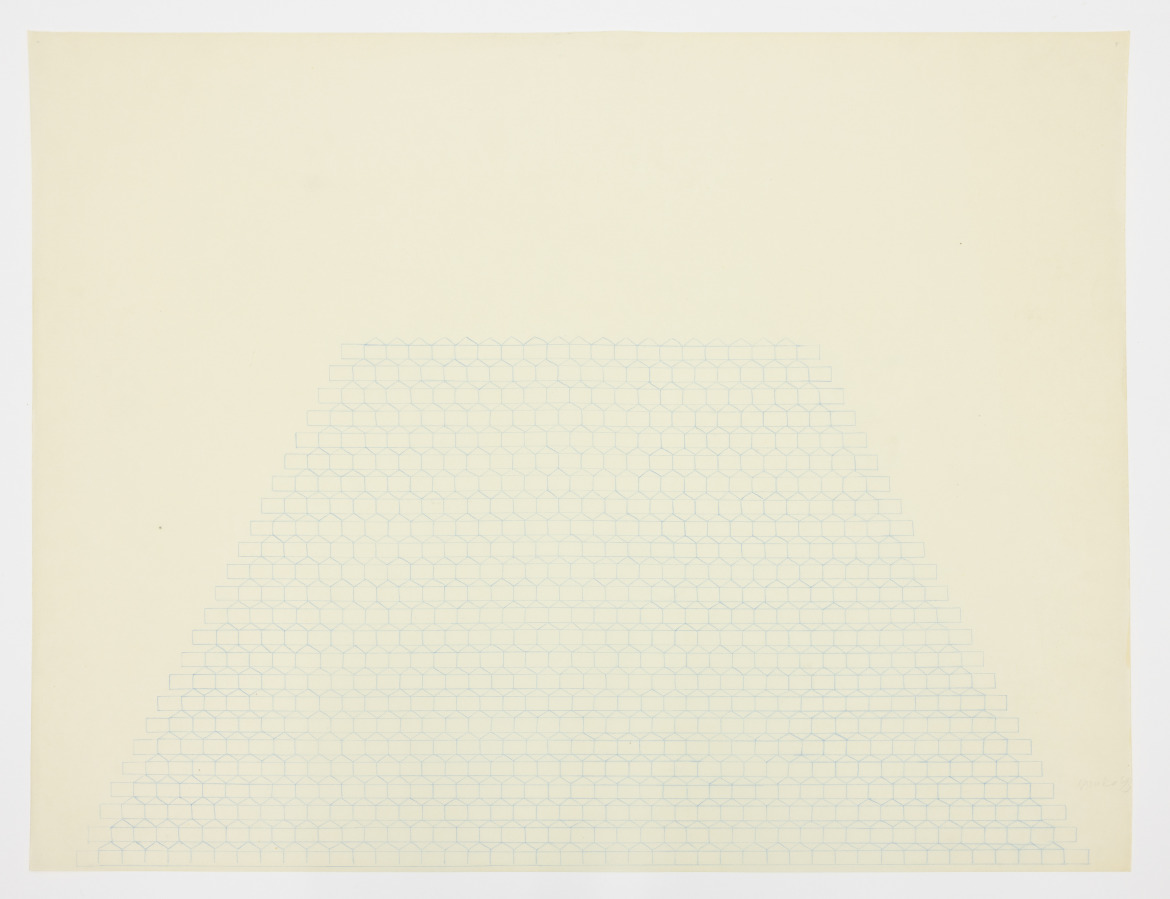
Kazuko Miyamoto, Untitled, 1973, color crayon on vellum, 48 x 60,8 cm
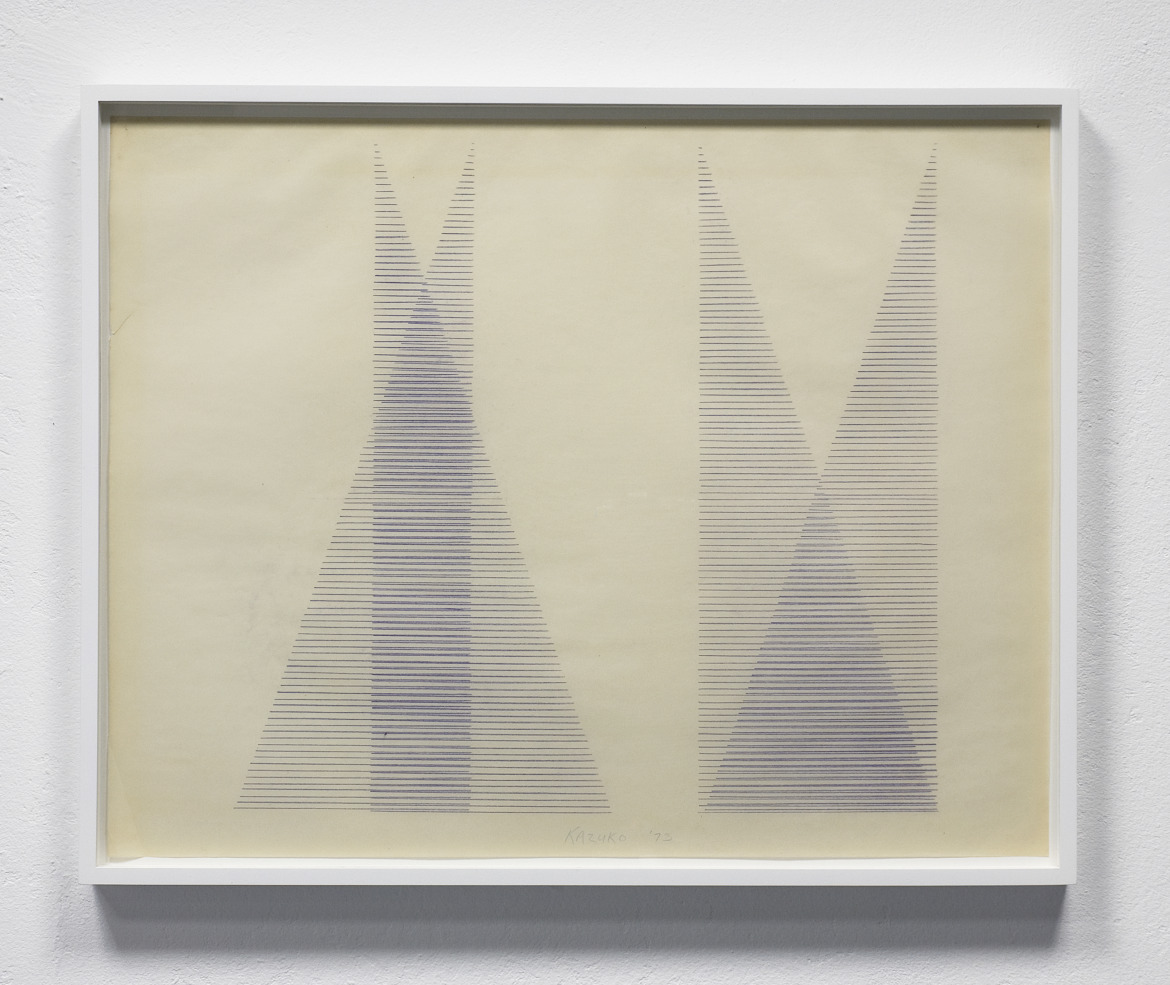
Kazuko Miyamoto, Untitled, 1973, color crayon on vellum, 48 x 60,8 cm
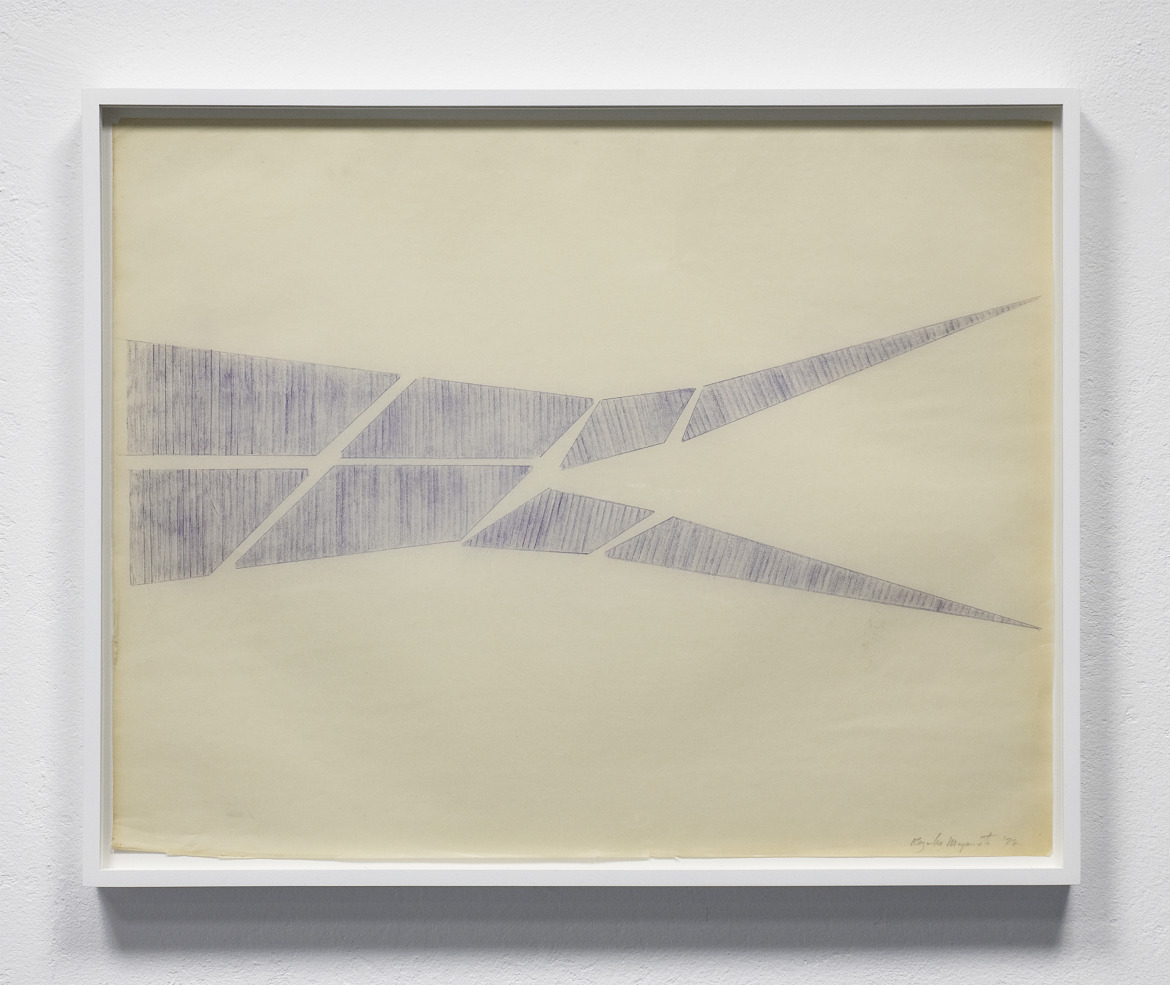
Kazuko Miyamoto, Untitled, 1972, color crayon on vellum, 48 x 60,8 cm
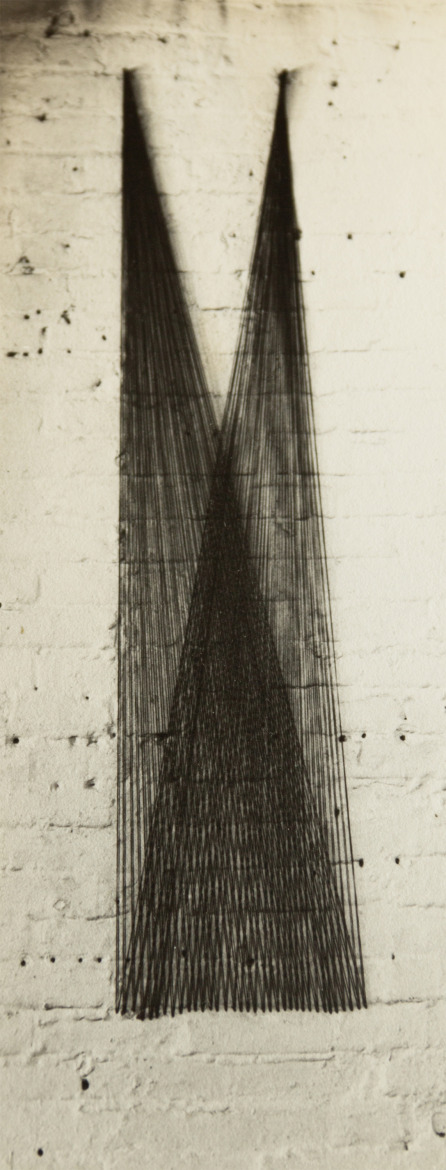
Kazuko Miyamoto, Untitled, 1973,
Installation view, 117 Hester Street, New York
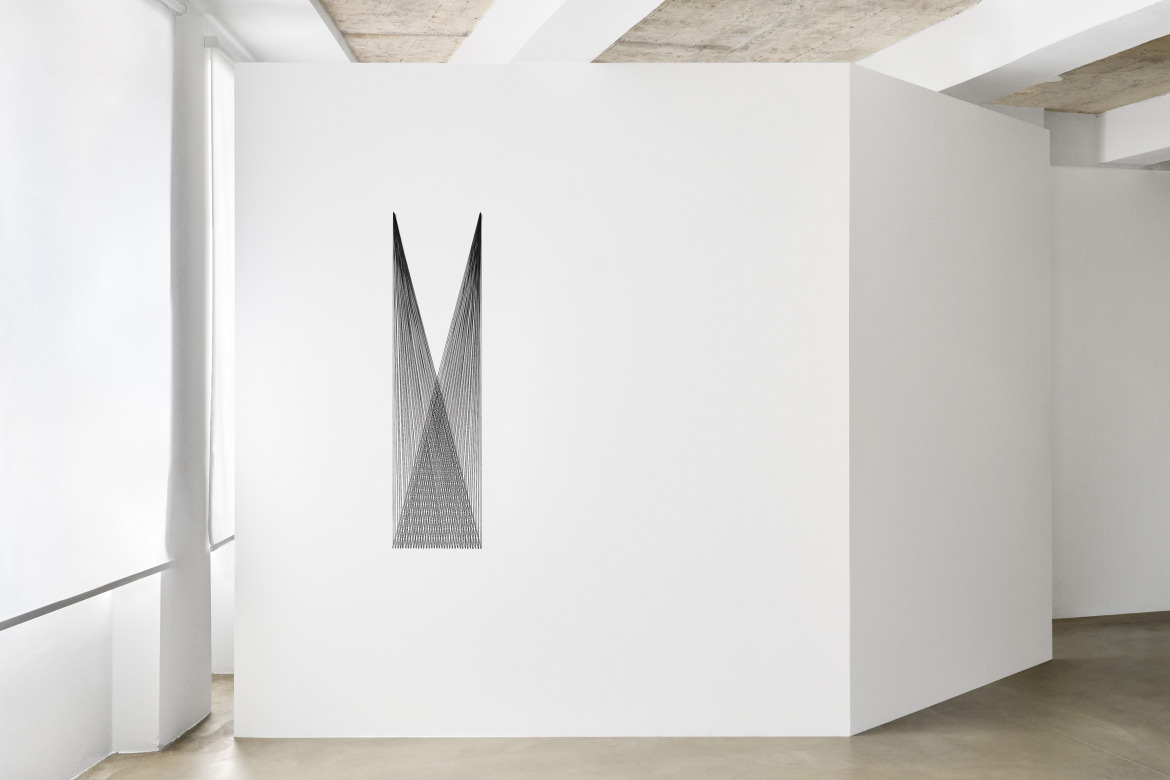
Kazuko Miyamoto, Untitled, 1973/2025,
string and nails, 138 x 36,5 x 1,5 cm, Installation view EXILE Berlin, 2025

Kazuko Miyamoto, Untitled (detail), 1973/2025, string and nails, 138 x 36,5 x 1,5 cm
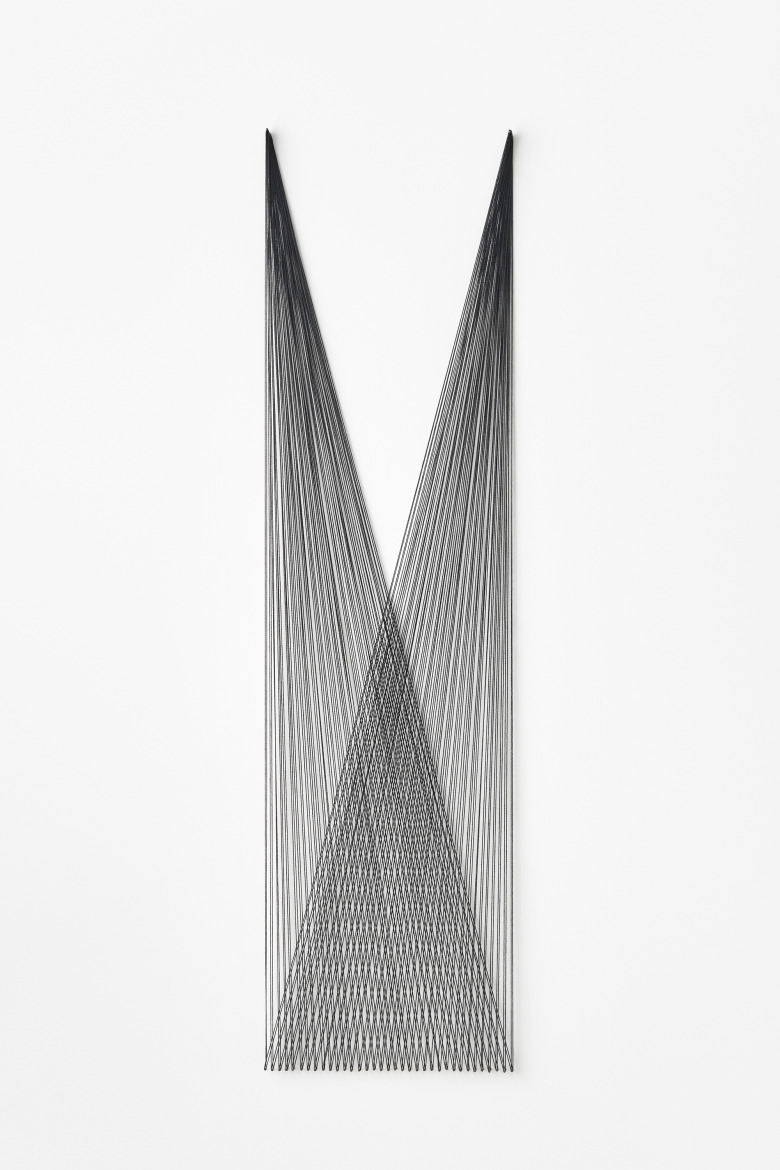
Kazuko Miyamoto, Untitled, 1973/2025, string and nails, 138 x 36,5 x 1,5 cm
EXILE is pleased to present a research exhibition of Kazuko Miyamoto’s early string constructions in Berlin. These early works are transitional in many ways, and their relationship to Minimalism, as experienced through her predominantly male peers, contrasts with her later presentations as a member of the women’s art collective, A.I.R.. The three String Constructions on display were last installed in 1972–73 in Miyamoto’s studio building at 117 Hester Street in New York and present a pivotal transition from the pictorial plane to early wall-based spatial constructions.
Following a brief period of painting (1969–1972), Miyamoto began to create ephemeral, wall-based works using only industrial nails and readily available cotton string. One of Miyamoto’s final paintings, Chalkline Drawing (blue) (1972), is a large-scale, vertical, subtle, yellow monochrome canvas upon which the artist applied the type of blue chalk line frequently used by bricklayers or construction workers to create geometric, straight lines on walls. Although the string itself is not (yet) present, its imprints create two overlapping fan-like triangular shapes that open from the bottom edges of the painting towards its top centre, breaking up the otherwise monochrome surface. This painting marks the end of Miyamoto’s early painting phase, which began in 1969 with the triptych Progression of Rectangles. For Miyamoto, Chalkline Drawing (blue) also marks a departure from producing physical artwork. Subsequently, her works took on an ephemeral quality, only documented in photographs taken in her studio at 117 Hester Street in New York — the same building where artists such as Sol LeWitt, amongst many others, had their studios.
String along mortar line (1972) is often considered to be Miyamoto’s initial string construction. Here, Miyamoto places a nail at each end of the horizontal mortar lines on a wall of her studio and connects the two nails with black string. This essentially creates an architectural measuring tool that is reminiscent of the chalk line used previously. However, in this case, the string itself appears as the final result, without the performative notion of applying colour. The string itself creates a measuring unit along the full length of the studio’s brick wall. Therefore, String along mortar line (1972) has no inherent form and is dependent on the dimensions and materiality of a chosen brick wall.
Consequently, the three string constructions on display stem from the work String along mortar Line (1972) and showcase three geometric motifs that were potentially explored consecutively. Untitled (1972) rotates the horizontal lines of String along mortar Line (1972) by 90 degrees, connecting the top and bottom mortar lines of the studio wall with vertical strings with their distance to each other referring to the horizontal dimension of the bricks. A grid of nails connected with shorter horizontal strings sits in-between these vertical lines, adding a second layer and spatial dimension to the work. The horizontal and vertical layers are independent of one another, with no nail being used twice. Furthermore, the vertical strings are positioned at the bottom of the nail and recede from the horizontal lines that are positioned at the top of a nail. Collectively, the vertical and horizontal lines form spatial squares that appear to be floating on top of the wall itself. When viewing this string construction from a distance, it becomes evident that the first vertical line is doubled – or the final vertical line is missing leaving the final squares unclosed. The result is an open system with an almost filmic appearance of pattern running endlessly across a plane. This infinite quality is also evident in the second piece on display, which is also from 1972.
Dated October 3, 1972, the drawing Squire I shows Miyamoto combining vertical and 45-degree angled lines, reminiscent of a hexagonal honeycomb or cell-like structure. This geometric motif is then transferred to the second string construction on display, also entitled Untitled (1972). Here the strings double within the horizontal parts of each cell. The parallelism of the two horizontal strings accentuates the appearance of different line thicknesses. Once again, Miyamoto leaves the geometry of the work open-ended, with the hexagons remaining incomplete at the edges of the pattern, as if in anticipation of viral expansion. In both Untitled pieces, Miyamoto creates open and expansive patterns that suggest rhythm or progression, rather than finite shapes.
Eventually, in 1973, a new geometric motive appears. This would become essential to Miyamoto’s later, increasingly complex and spatial explorations. Many drawings from the time show Miyamoto moving towards triangular shapes, enhancing the visual as well as physical connection between individual strings. In the third exhibited string construction, Untitled (1973), Miyamoto creates two overlapping triangles that share a bottom row of nails, with each of the triangluar shapes referring back and forth to a solitary nail at the top. The result is an amplified spatial density. To further enhance this density, Miyamoto simultaneously uses two parallel strings on each side of a nail, creating a rich criss-crossing of lines and shapes. The juxtaposition of the two triangular forms now appears less geometric, bearing a stronger resemblance to a woven pattern. Created in the same year as her first major solo exhibition at 55 Mercer Street Gallery, Untitled (1973) lays the groundwork for her later, iconic, voluminous and spatial String Constructions. These constructions break free from their essential relationship with the grid of the brick wall in favour of independent volumes.
By expanding beyond the limitations of the painterly plane, these early String Constructions build upon the artist’s previous painting practice. While the two String Constructions from 1972 are still defined by the architectural pattern of the studio walls and brick dimensions inside 117 Hester Street, Untitled (1973) takes greater liberties, replacing previous geometric reference with a freer, more physical and expressive form. Gradually, the initial close spatial and conceptual relationship to the site gives way to Miyamoto’s larger, three-dimensional explorations. This process accelerates significantly when Miyamoto becomes a member of the women artists’ collective A.I.R. in 1974.
Text by Christian Siekmeier
→Kazuko Miyamoto
→Kazuko Miyamoto, String Constructions, KW Berlin, opening Oct 18, 2025



































